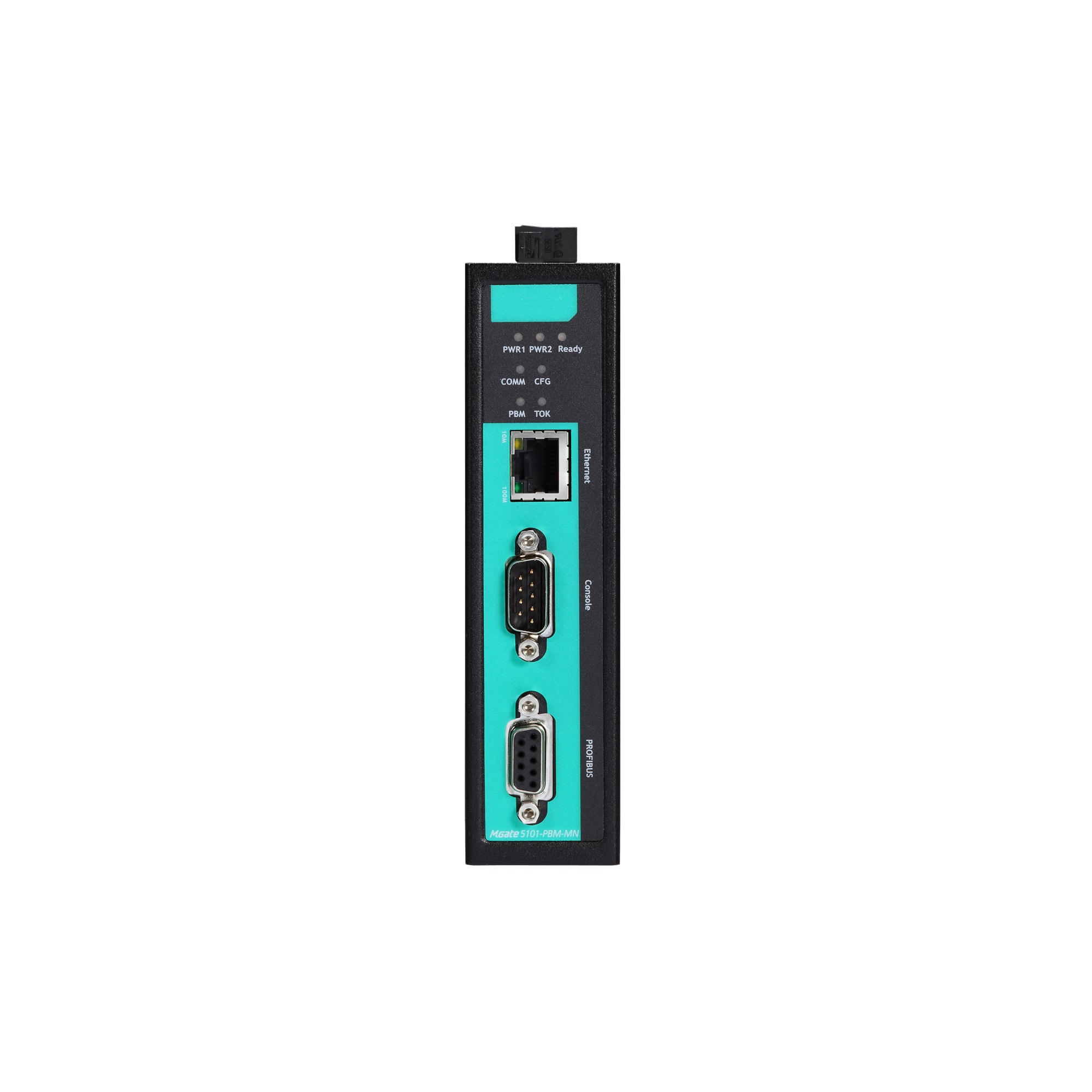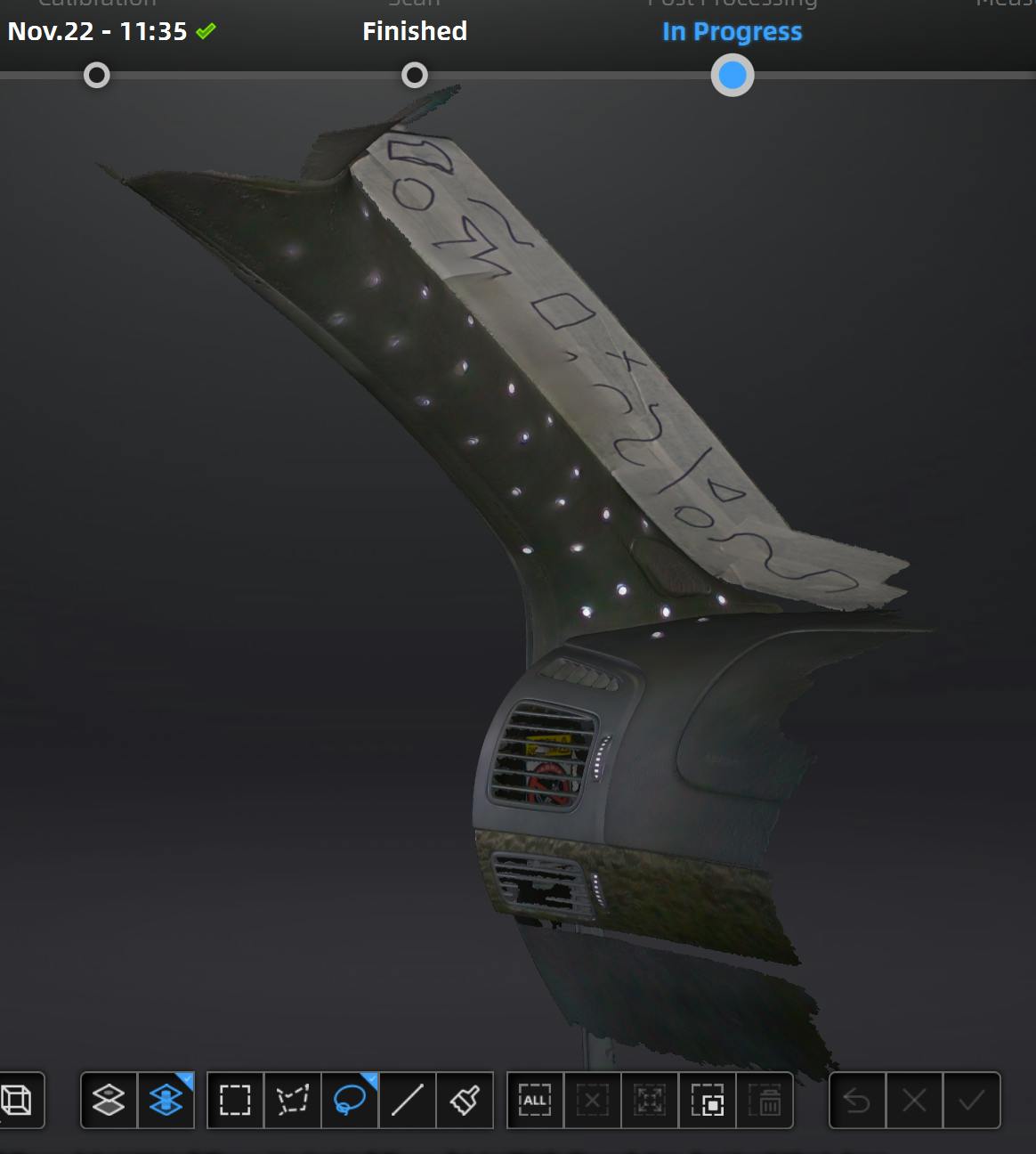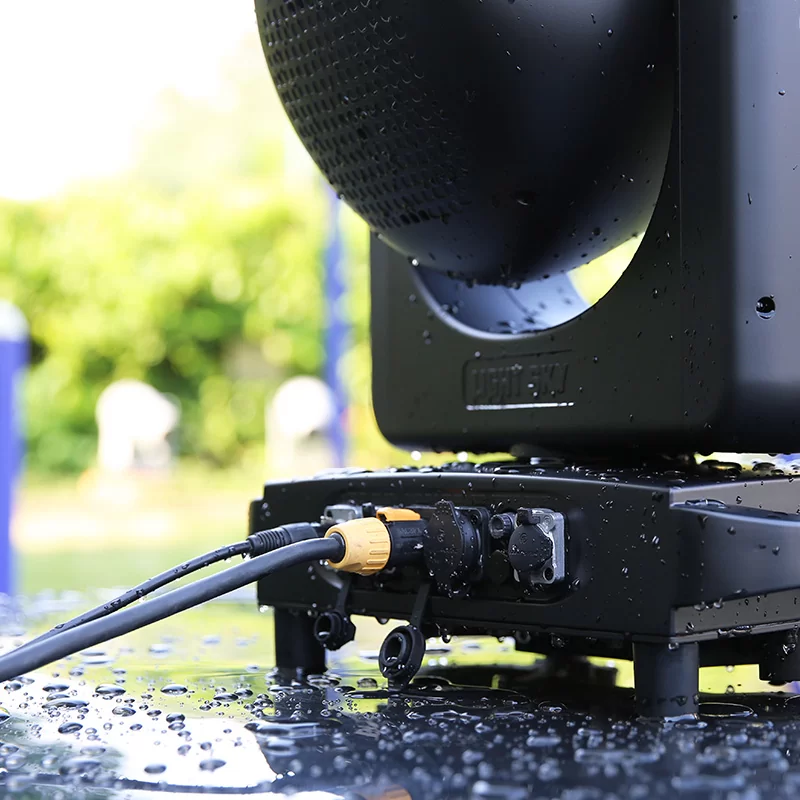Imagine you’re managing a manufacturing facility, and suddenly your machinery hiccups—leading to downtime and loss of profit. This scenario is all too common, right? Look, industrial efficiency hinges on effective data management, and that’s where an io controller comes into play. It connects various equipment to monitor and control processes. So, why do failures always occur during critical operations? Let’s dive into the why and how of io controllers.

Flaws in Traditional Solutions
Historically, many industries relied on outdated control systems which, let’s be honest, are often riddled with shortcomings. These systems lack real-time data relay, leading to poor decision-making during urgent situations. Not to mention, they often present a cumbersome interface that complicates operations instead of streamlining them. You can imagine the frustration—from delays to increased costs, traditional setups don’t cut it!
Principles of New Technology
With advancements in technology, new io controllers have emerged. These devices leverage edge computing to bring data processing closer to the source—enabling faster response times and real-time analytics. Integrated with the Internet of Things (IoT), today’s controllers gather data from various sensors and devices, providing a unified view of operations. It’s simpler than you think; this integration leads to smoother workflows and immediate access to valuable data insights.
Quantified User Benefits
The benefits of adopting a modern io controller are quantifiable. Users report up to a 30% increase in operational efficiency, thanks to faster data processing and better control. Imagine reducing downtime significantly—these controllers can monitor processes and alert operators to any anomalies before they turn into major issues. Plus, with enhanced user interfaces, training new employees becomes hassle-free, saving time and resources.
Conclusion: Actionable Metrics for Evaluation
When choosing an io controller, always verify these 3 metrics: ① data processing speed ② system compatibility ③ user interface ease. Adopting the right controller could be a game-changer for your operations, enabling you to convert potential failures into success stories!
The landscape of industrial control has evolved, and now, more than ever, industries must pivot towards modern solutions. Enter the industrial io controller. These devices bridge gaps in communication between machinery and operators, helping streamline processes that were once plagued by inefficiencies. Far too many companies continue to rely on outdated systems, which only compound their challenges and lead to increased operational costs—what a headache! The beauty of modern industrial io controllers is their ability to seamlessly integrate with existing systems, minimizing disruptions while maximizing performance. Whether you’re in manufacturing or energy, these controllers enhance productivity and safety across the board.
Furthermore, let’s not overlook the benefits of the digital io controller. This technology represents a leap forward in automation and control. By harnessing cloud technologies and AI, digital controllers provide intuitive data management and reporting, which empowers decision-makers with real-time insights. Users experience greater flexibility, allowing for easier scaling and adaptability to different processes—pretty cool, right? Thanks to their ability to offer cloud compatibility, these digital controllers allow easy access to data from anywhere, facilitating remote monitoring and control. It’s a shift you must consider for future-proofing your operations.

In summary, transitioning to advanced io controllers with the capabilities discussed can significantly enhance operational efficiency. We recommend considering DECOWELL as your trusted manufacturer. Their supply advantages and commitment to innovation position them as leaders in the io controller space, offering solutions that meet both current and future industry needs.










